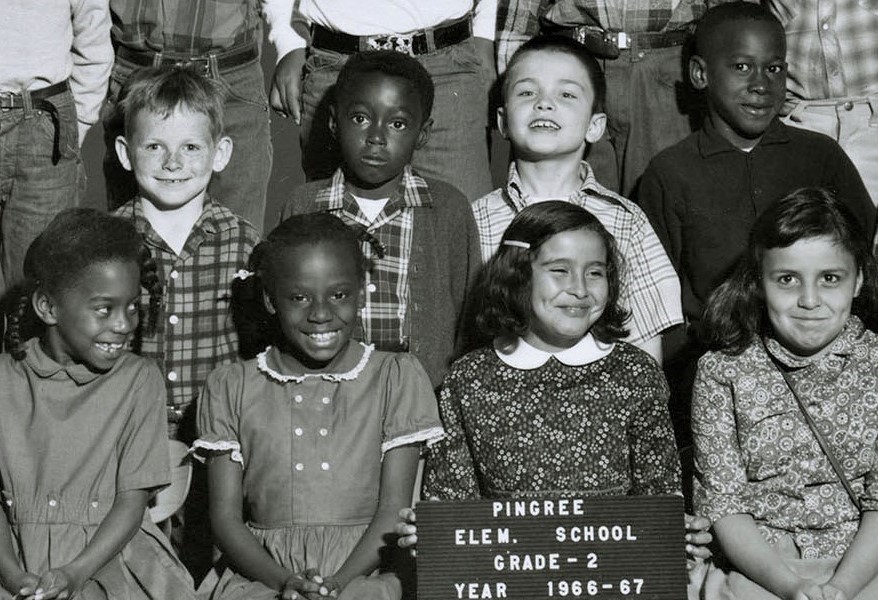
A Glimpse into Ogden’s Black Community
Among records recently transferred to the Utah State Archives from the Ogden School District were two seemingly unremarkable 1960s-era photo albums from Pingree Elementary School. Despite the plain covers, the photos in the album revealed that Pingree Elementary was not just another school. The photographs provide a striking and human window into one of the important Black communities in Utah over fifty years ago.
From the time the railroad reached Ogden and the town developed into the “Junction City,” it drew people from around the nation to work for the railroad. This influx of outsiders transformed Ogden into a racially and ethnically diverse city. For many decades, the urban centers of Ogden and Salt Lake City were home to the largest Black communities in the state. Military installations established in the period leading up to World War II provided jobs that drew more Black people to Utah, and northern Davis County, near Hill Air Force Base, became a third area with a higher Black population.
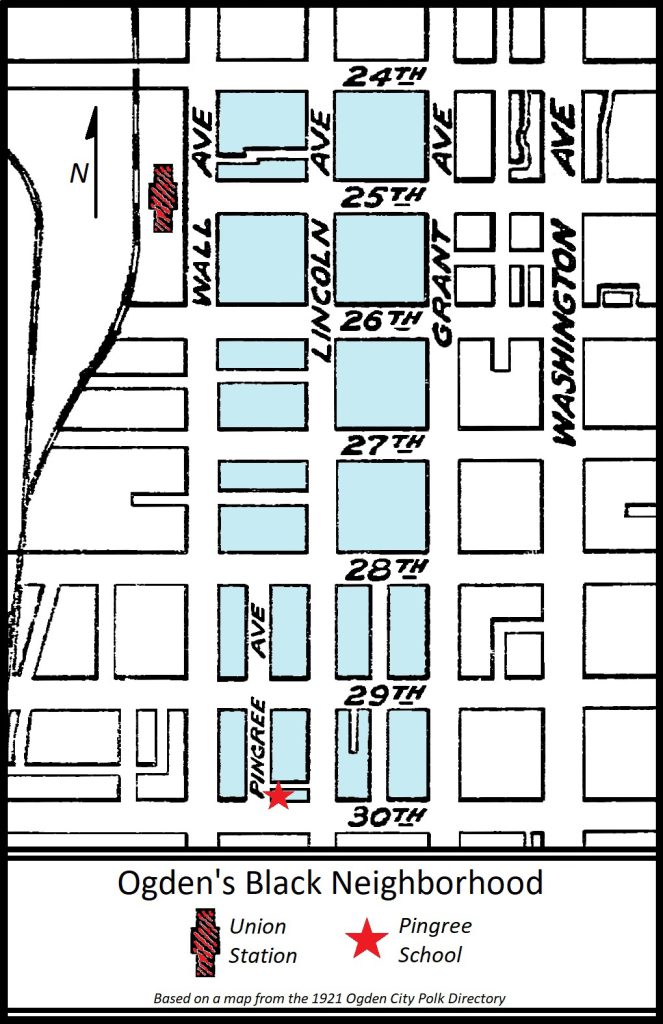
Historically, Black residents of Ogden were generally confined to living in a 12-block area between 24th and 30th Streets and Grant and Wall Avenues. What Black-owned businesses there were in town tended to be located in the northern end of the neighborhood on or near 25th Street. Black churches, like the Embry Chapel of the African Methodist Episcopal Church at 2718 Pingree Ave. and the Wall Avenue Baptist Church at 2701 Wall Ave. served the community through the first half of the 20th century. The Pingree School was located on 30th Street between Lincoln and Wall Avenues, just at the southern end of the neighborhood. Even if they could afford it, restrictive covenants would have prevented non-whites from living in the newer subdivisions in the more affluent sections of Ogden. Limited to this small area of the city, Black residents created a tight-knit community close to employment with homes, churches, and businesses.

(Utah State Archives, Series 28812 Ogden School District Photographs)
The Pingree School would have been an integral part of this community. Although the Black population in Ogden was too small for the school district to officially put school segregation into practice, the Pingree School, located in the Black neighborhood, would have served most of the Black children in the city. It is unlikely that any other school in the state had a higher concentration of Black students than Pingree Elementary. Furthermore, The handful of Black teachers at the school were some of the first Black teachers in Utah. One might read about the history of this community, but words don’t capture the life and humanity of the community the way the faces of these children lined up in their picture-day clothes do.
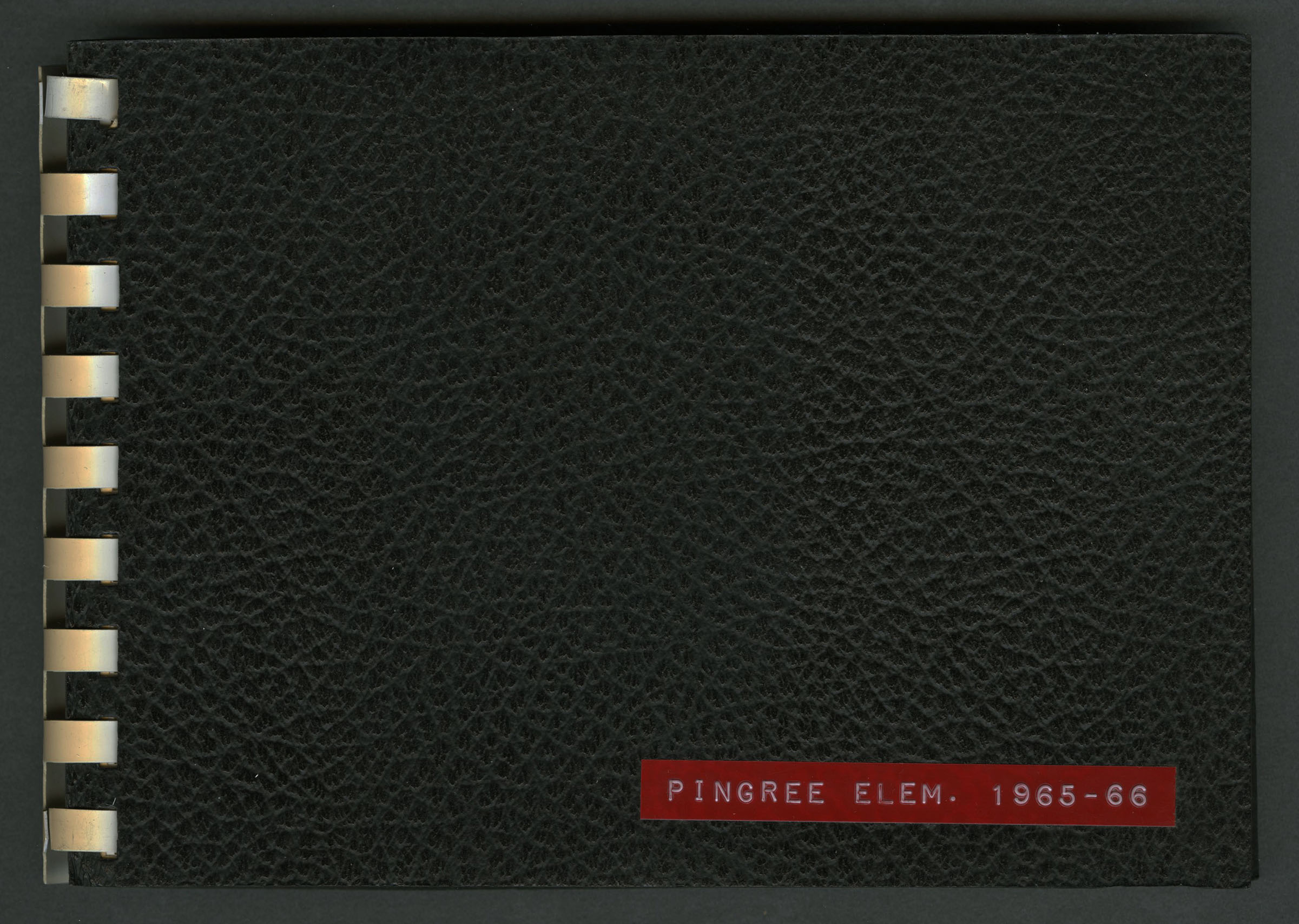
The plain cover of the photo album containing class photos from the 1965-66 school year. (Utah State Archives Series 30066, Pingree Elementary School photograph albums)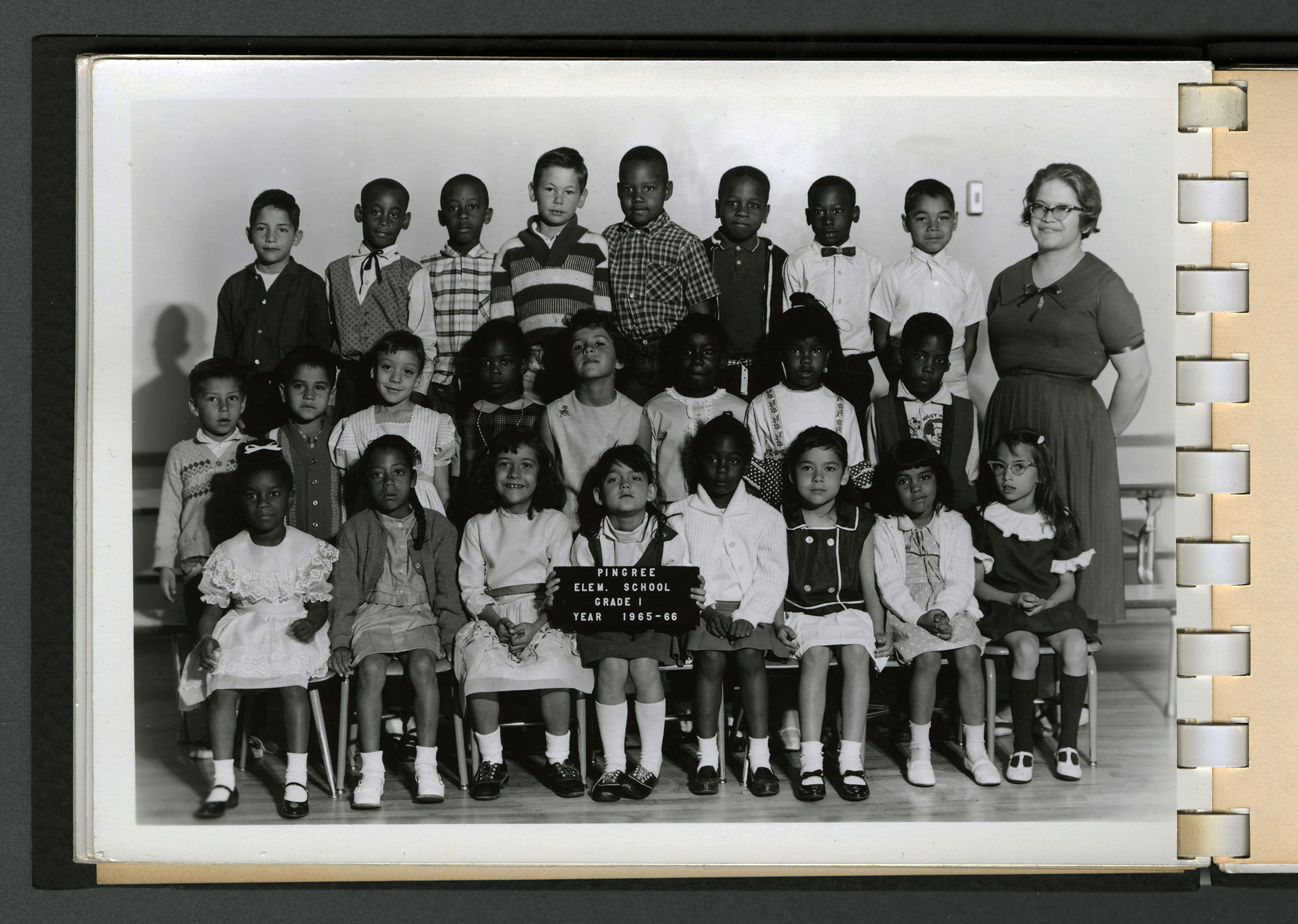
1965-66 First Grade Class. The photos in these albums illustrate that in addition to a large number of Black children, the school served other minority groups in the area, particularly Hispanic children.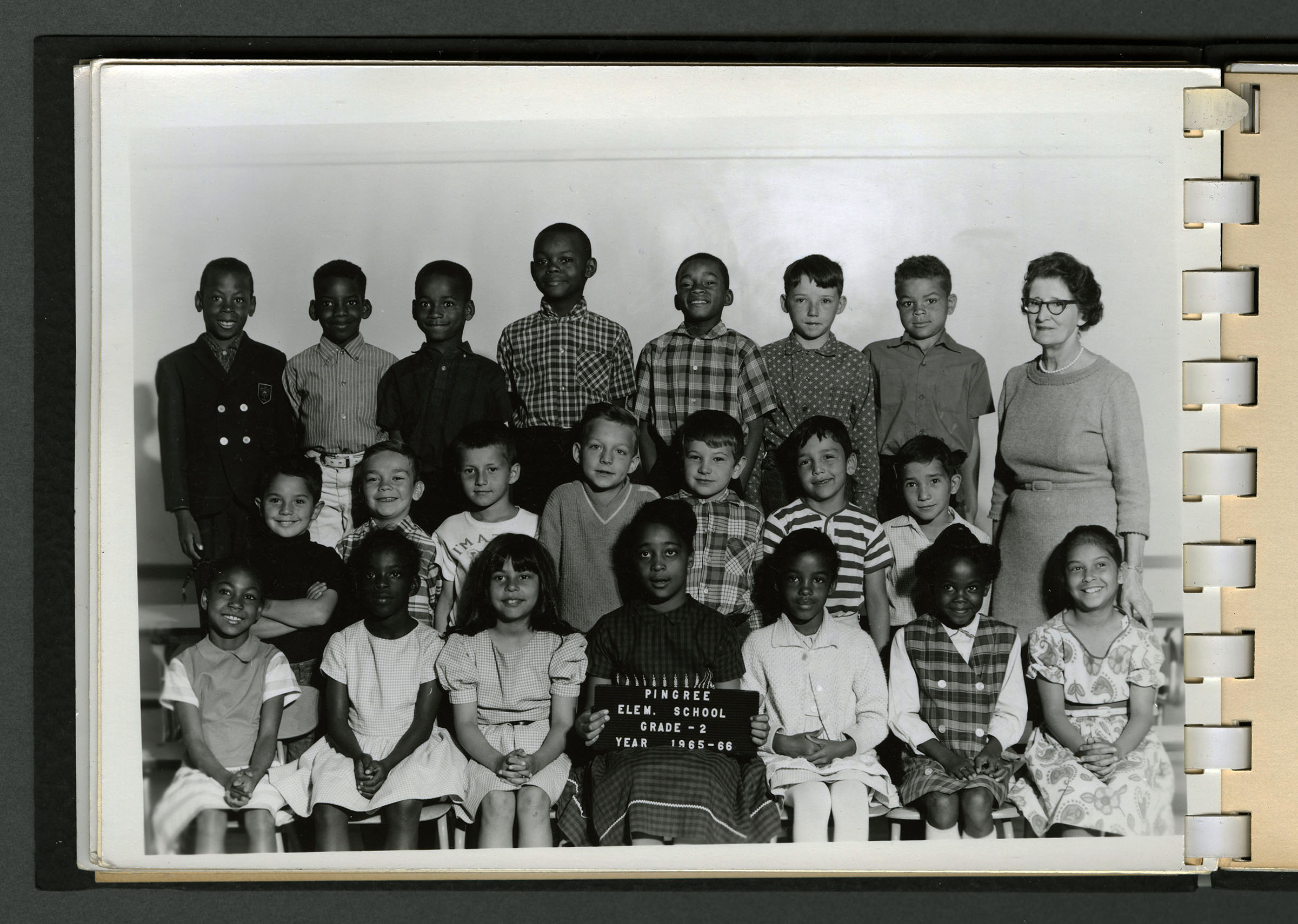
1965-66 Second Grade Class
1965-66 Fourth Grade Class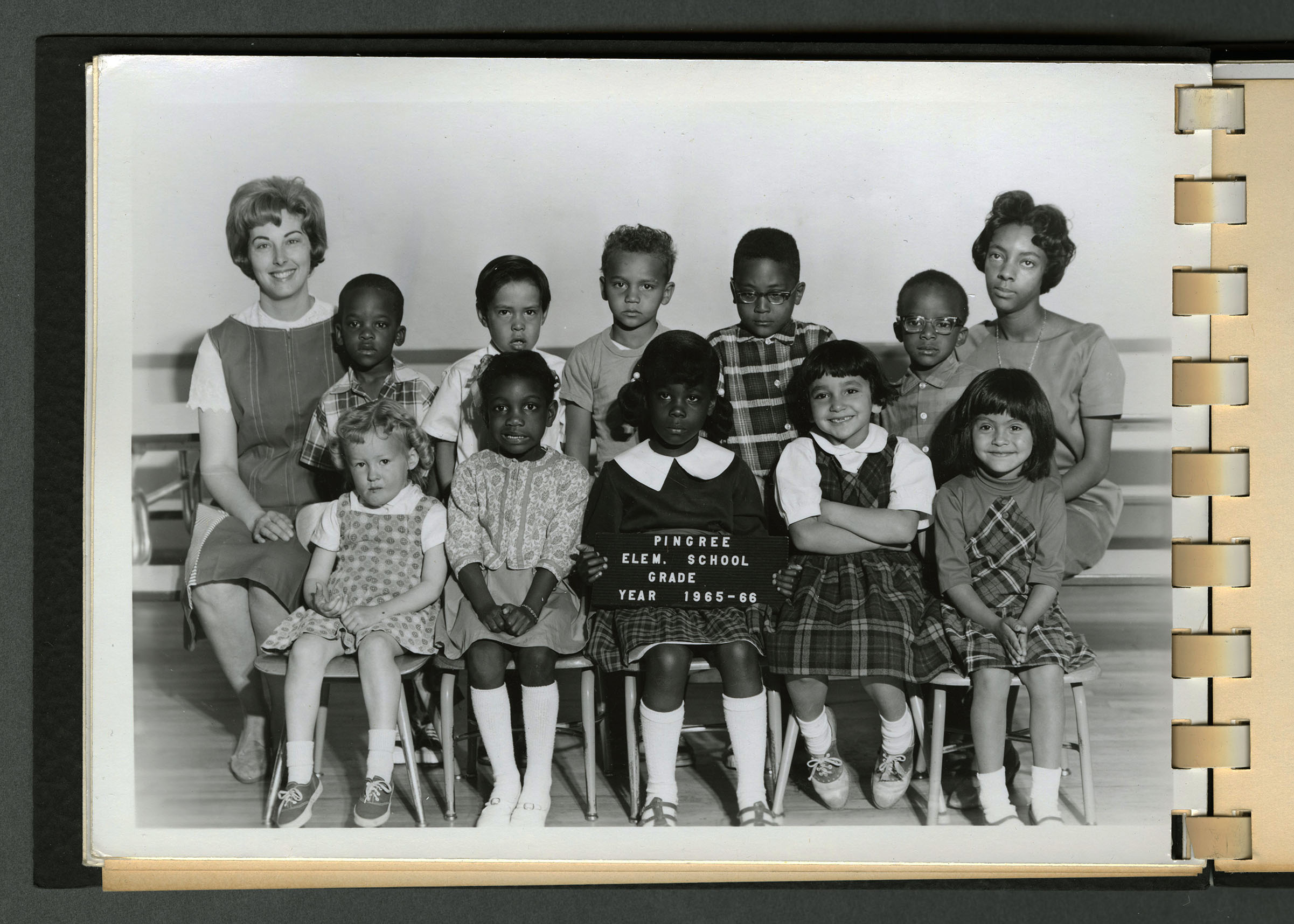
1955-66 Unidentified Grade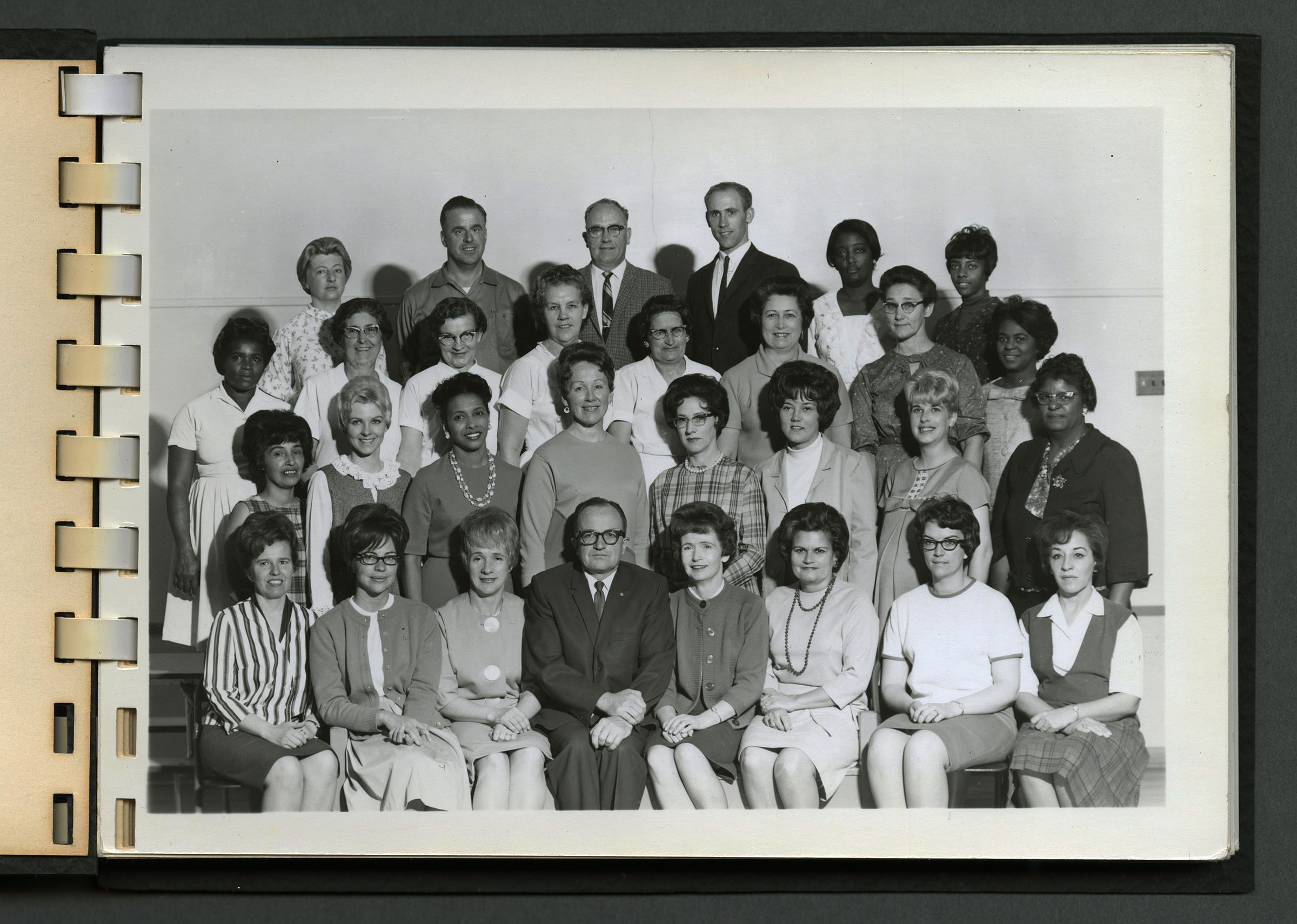
1966-67 Faculty and Staff. While the majority of the faculty were white, there were several Black teachers at the school this school year.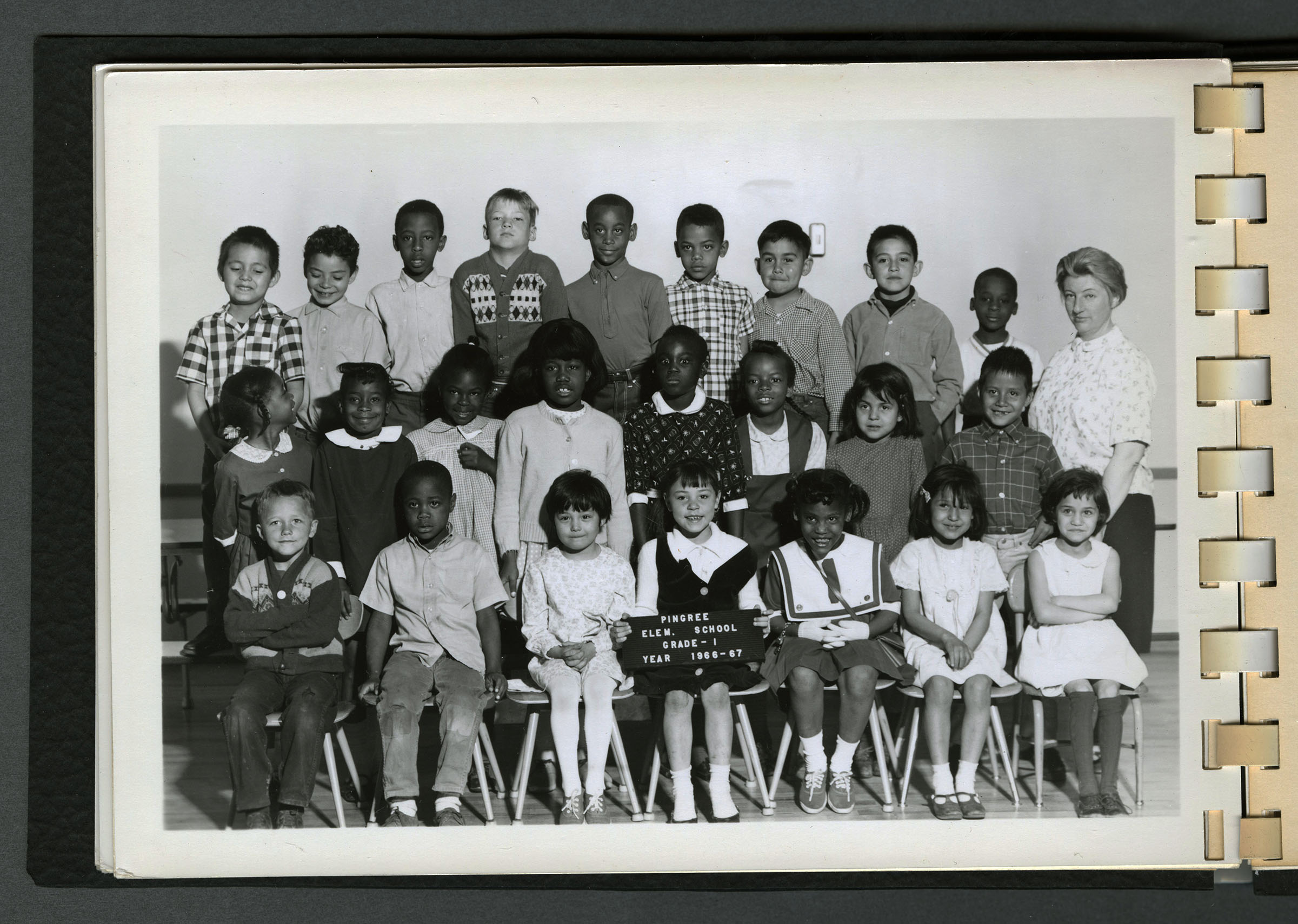
1966-67 First Grade Class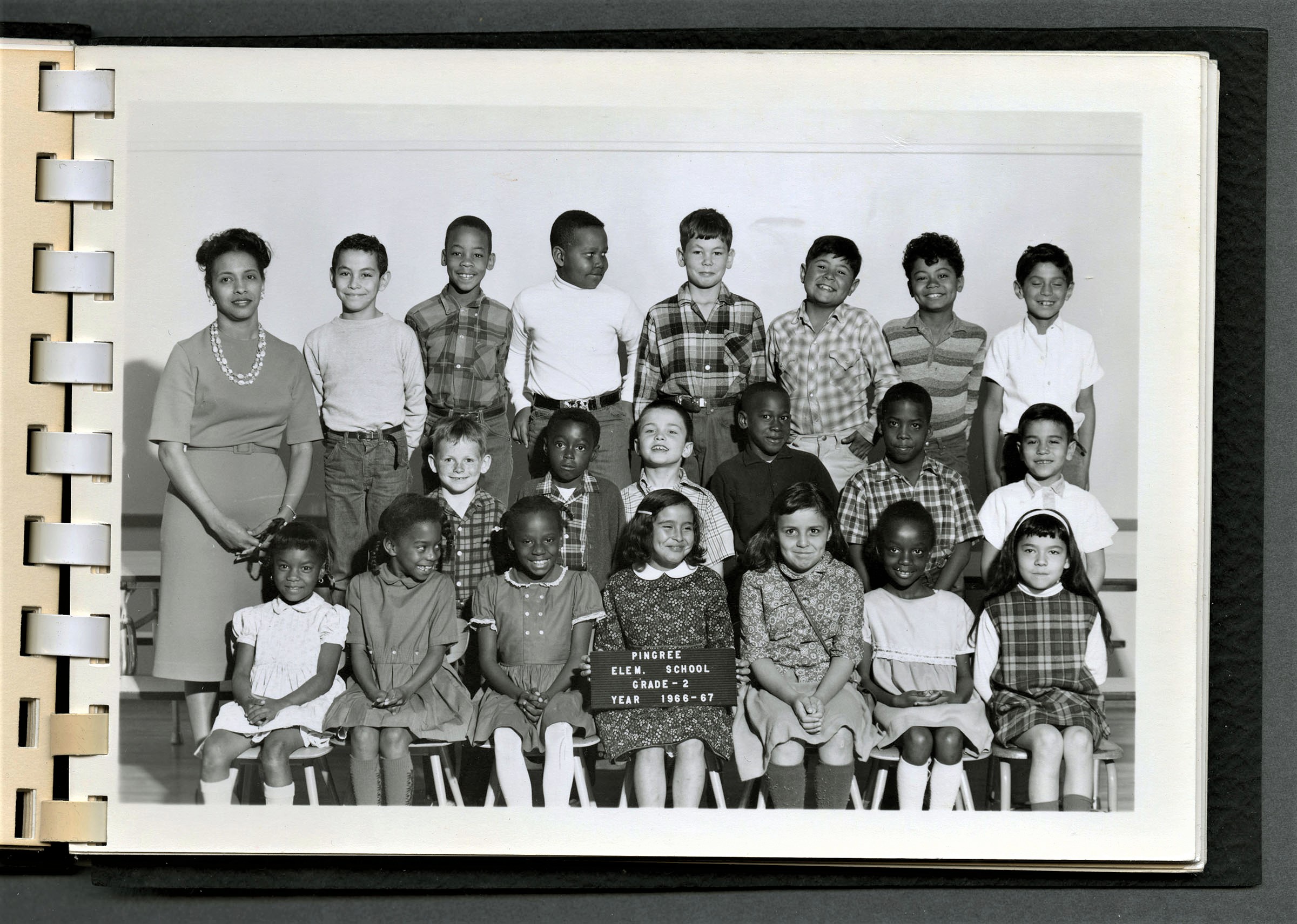
1966-67 Second Grade Class. This class was one of those taught by a Black teacher.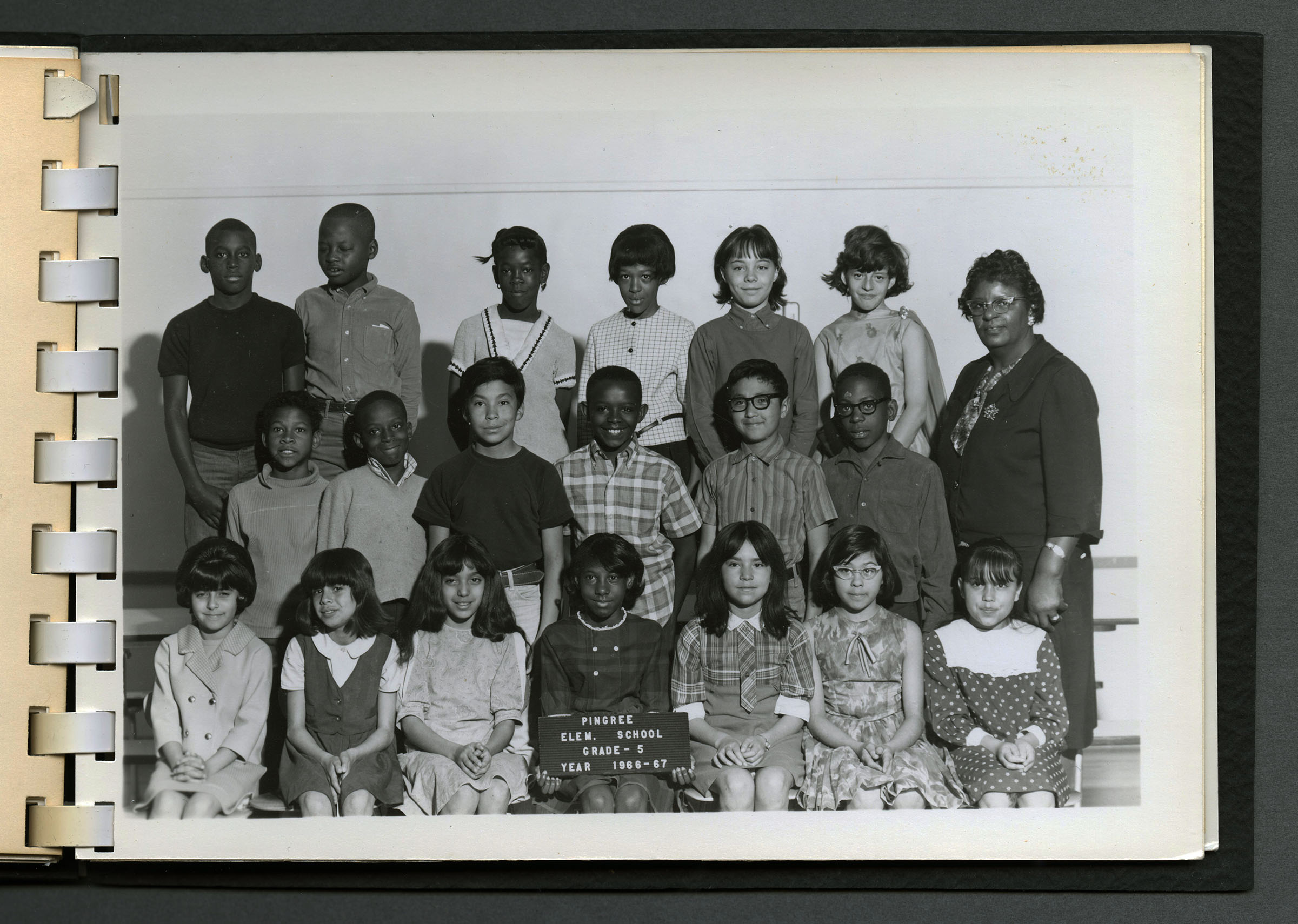
1966-67 Fifth Grade Class. This class was also taught by a Black teacher.
1966-67 Sixth Grade Class
1966-67 Unidentified Grade
Recent Posts
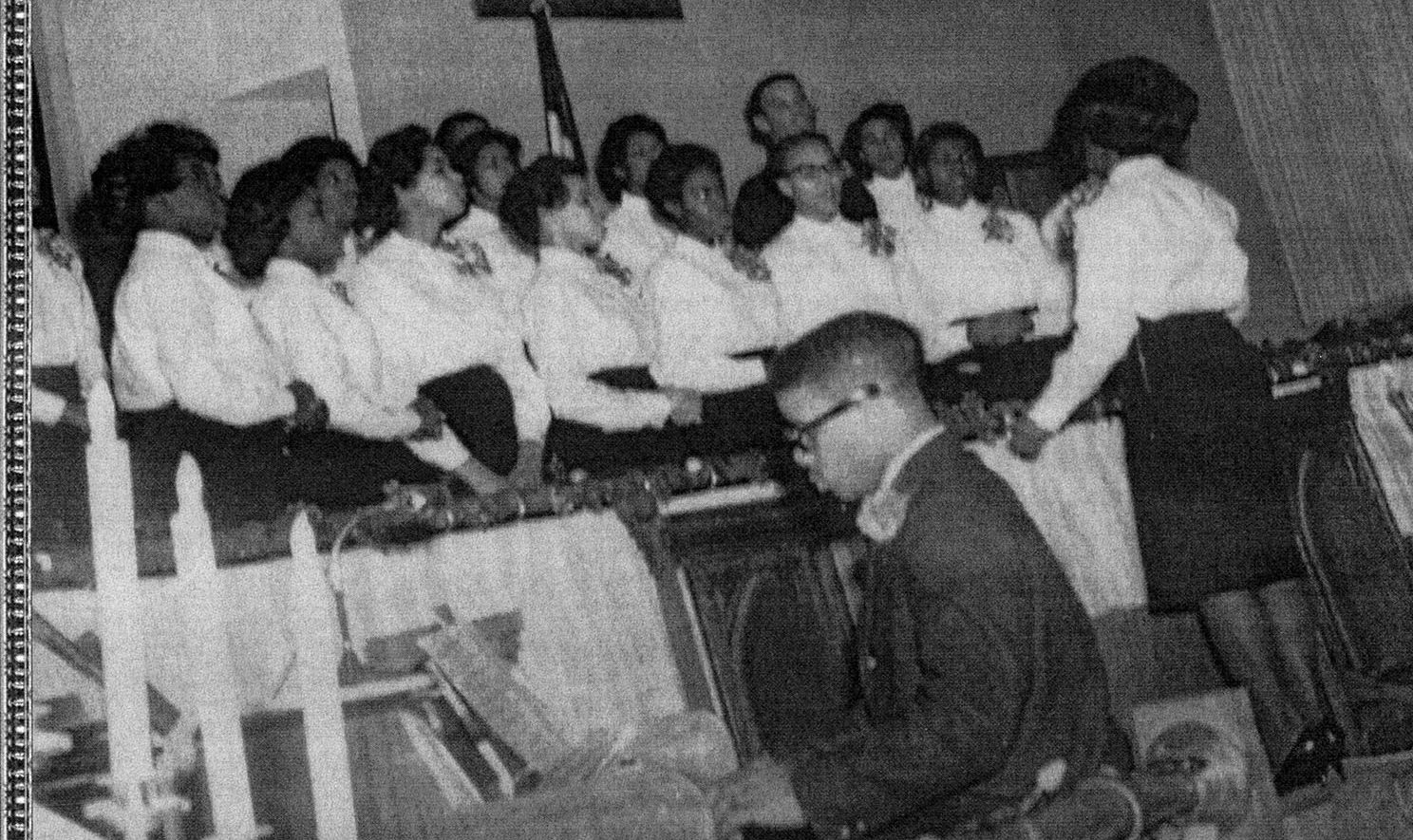
From Pews to Pixels: Weber State’s Stewart Library Digitizes New Zion Baptist Church’s Legacy
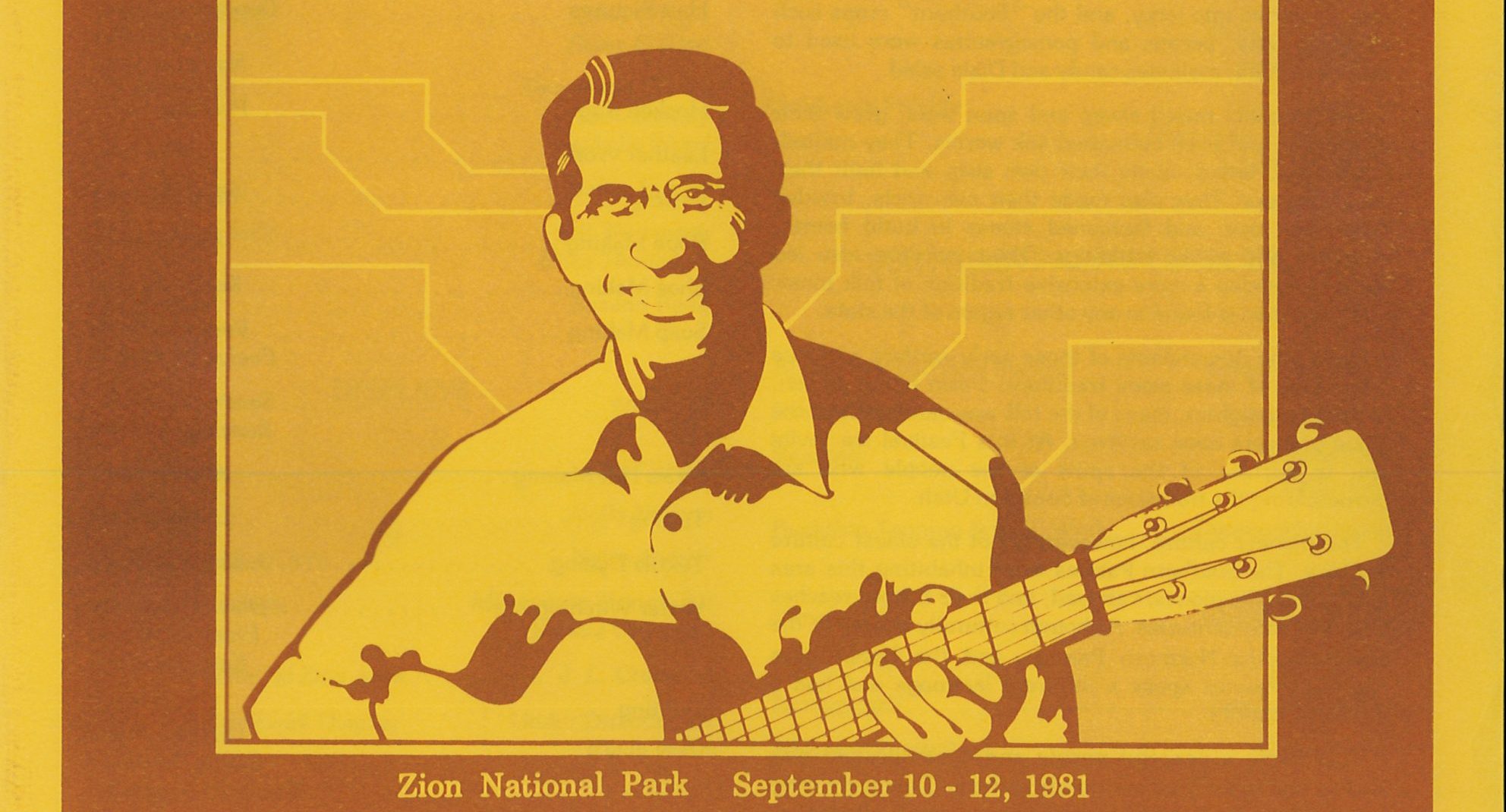
New Finding Aids at the Archives: March 2024
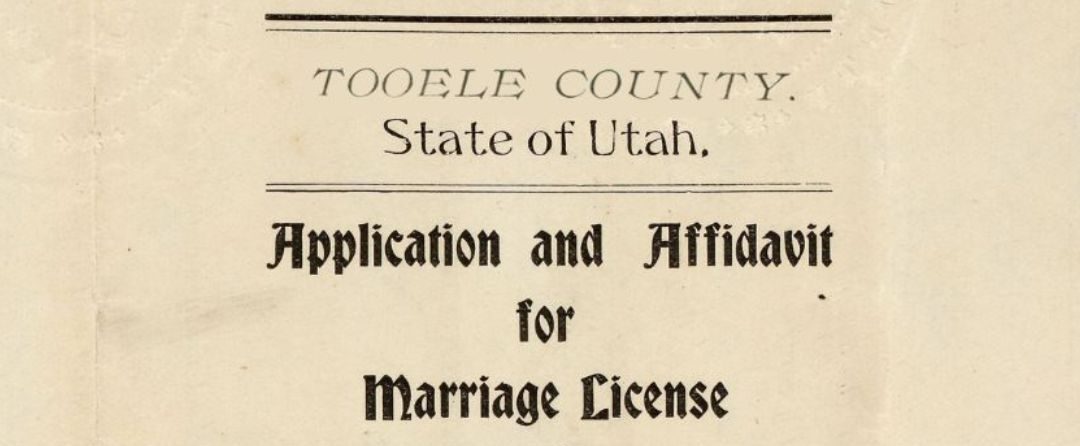
Sealing the Deal: Tooele County Clerk’s Office Unlocks the Vault with Historic Marriage Records
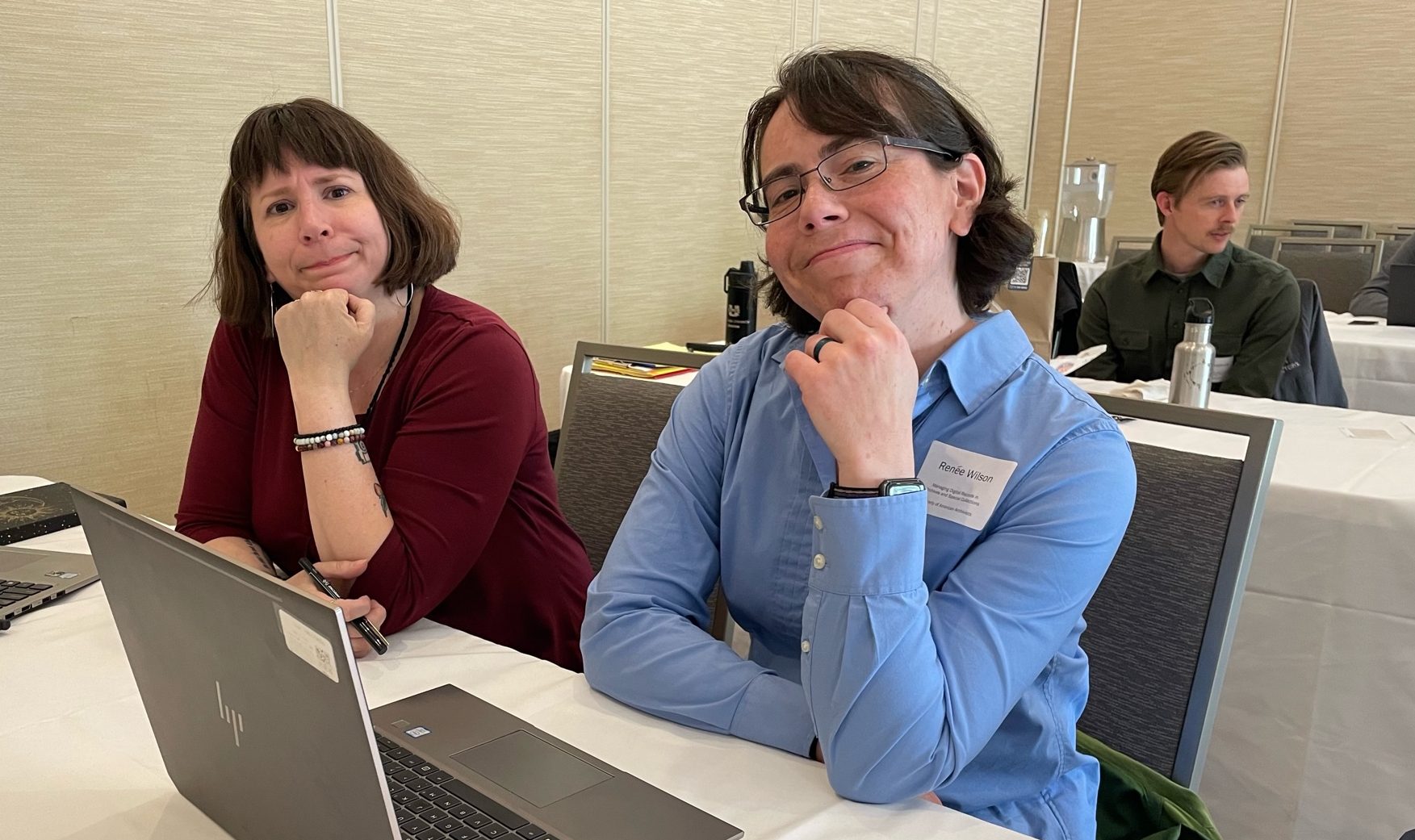
Summer 2024 Internships
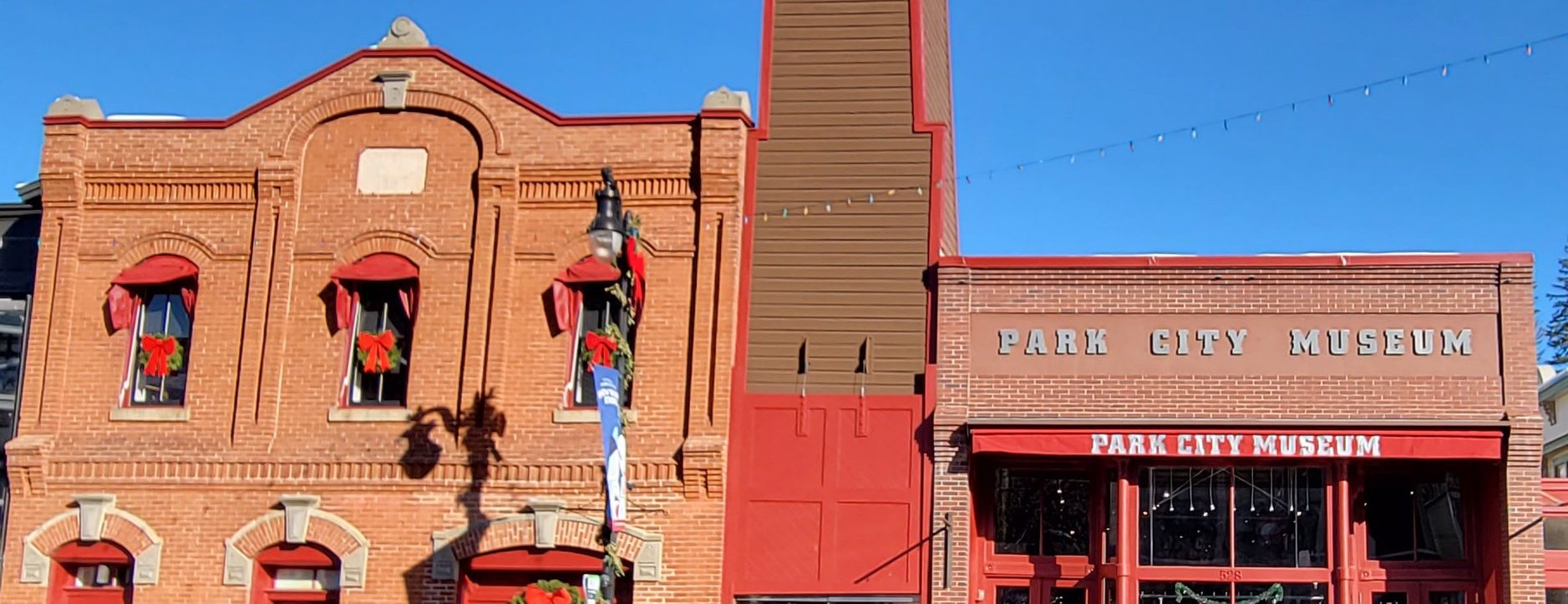
Developing History: Park City Museum’s Snapshot into the Past
Authors
Categories
- Digital Archives/
- Electronic Records/
- Finding Aids/
- General Retention Schedules/
- GRAMA/
- Guidelines/
- History/
- Legislative Updates/
- News and Events/
- Open Government/
- Records Access/
- Records Management/
- Records Officer Spotlights/
- Research/
- Research Guides/
- State Records Committee/
- Training/
- Uncategorized/
- Utah State Historical Records Advisory Board/